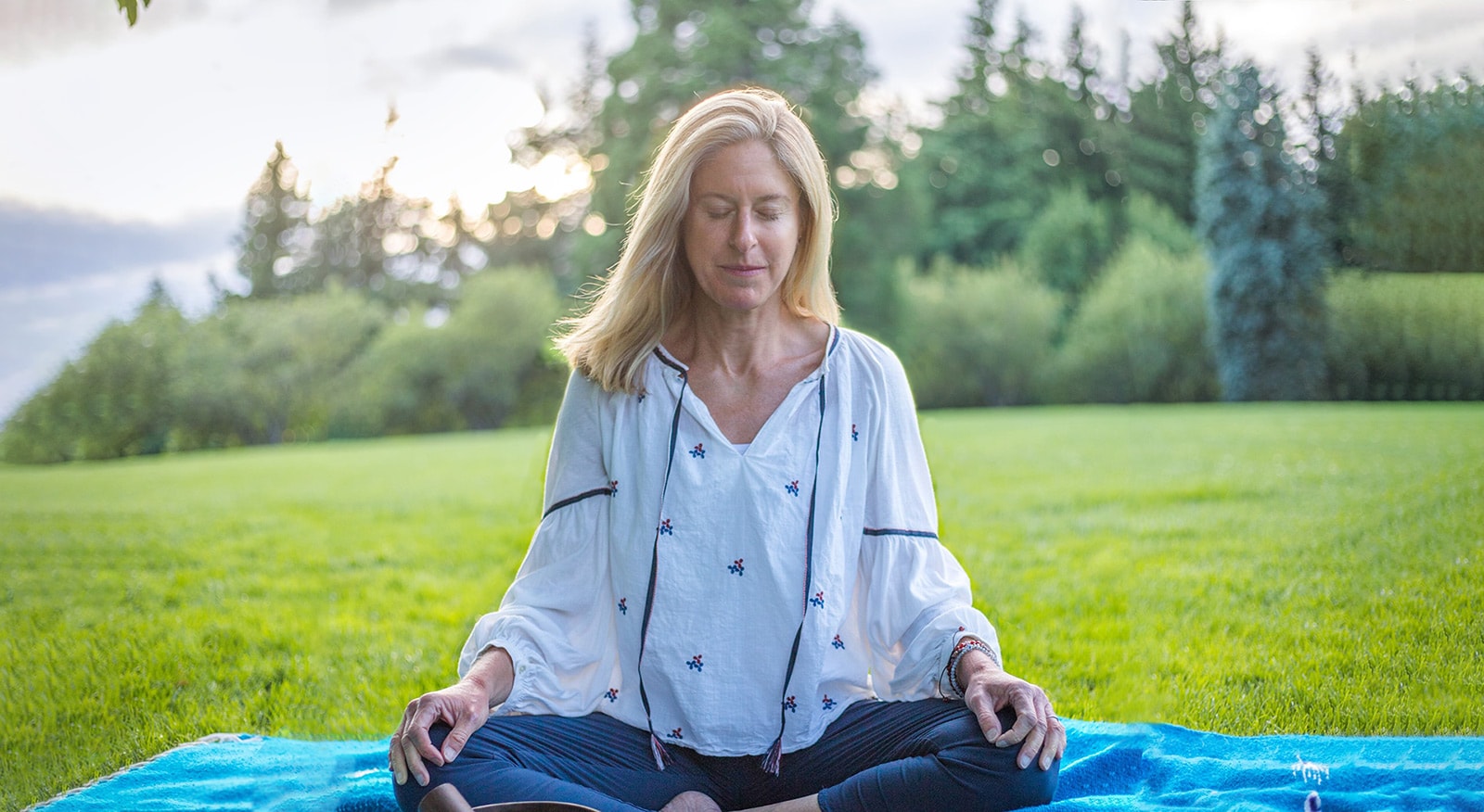
Tapping into your brain’s vital network of peace, love, and happiness
Meditation is one of Nalanda Institute’s core offerings. We teach and practice meditation on its own as well as along with all of our other program offerings. Below you’ll find the text to our brochure “Why Meditate?” or download it here.
Please feel free to start here, attend our meditation sessions in person, or take advantage of some of our free guided meditations offerings.
What is meditation?
“Meditation” is a catch-all word for any conscious exercise of attention that builds our mind and brain’s natural powers of well-being, resilience, compassion, and altruism.
Why Meditate? Meditation is a powerful tool to eliminate stress, to heal the body, mind, and brain, and to enhance our personal well-being and positive relationship with the world.
What kinds are there?
Meditation comes in many forms in all human cultures and traditions. The Nalanda tradition of India, preserved in Tibet, groups all such practices into four main types:
- Mindfulness and awareness practices help us shift from stress to peace.
- Love and compassion practices help us open up to others and build loving connections.
- Imagery and affirmation practices help us model inspiring, heroic new ways of being.
- Blissful openness practices help us harness the positive energy and chemistry of love.
How do I practice mindfulness?
Find a restful place and time. Sit comfortably on a cushion or in a chair, so you can breathe easily. Rest your hands in your lap or on your thighs. Close your eyes fully or almost fully. Breathe through your nostrils (unless that poses problems).
Pay close attention to the flow your breath—inhalation, pause, exhalation, pause—using that flow as a focus to settle and center your whole being. Open your awareness to the spacious clarity which is the essence of your mind, and rest within that. Scan whatever feelings, thoughts, images, and emotions flow through your mind, accepting them just as they are. Rest silently in this clear, calm space as long as you can.
How do I practice loving-kindness?
In a restful place and time, settle and center yourself with simple breath-mindfulness. Mentally repeat wishes that evoke healing emotions of love, care, joy, and peace. Start with yourself, “May I be happy. May I be well. May I have joy. May I have peace.” Then open your focus out to others, “May you be happy…” Finally, embrace all living beings, “May we all be happy….”
How long and when should I practice?
Practice for as long as you can, 5-20 minutes is usual at the start. Try to find a regular rhythm, from once weekly to daily. Try any windows of time and judge which works best.
How do I work with resistances?
Once you notice restlessness or distraction, try to calm and refocus with mindful awareness. For fatigue or dullness, open your eyes or imagine something beautiful, breathe more fully and deeply, and try to refresh and awaken your body-mind with alert awareness.
Are guided audio meditations ok?
Try meditating with and without them, and do what works. Re-assess as you go.
What benefits should I expect?
Expect a heightened sense of relaxation, presence, awareness, and acceptance. Expect more tolerance and less reactivity to things that usually bother or trigger you. Expect to feel more peacefully embodied, with greater presence of mind, and more freedom to choose healthier ways of thinking and acting.
Why add meditation to exercise or yoga?
Meditation is like exercise and yoga for your mind and brain.
How to maintain a practice
Find role-models who inspire you. Keep reading, listening, reflecting, and learning. Connect with social networks and communities that support contemplative living.

Should I meditate alone or with others?
Try both and do what works. A balance of both makes practice more stable.
Given a regular practice, what’s next?
Meditation is only one of three core disciplines we need for contemplative healing and change. The other two, like the wings of a bird, are wisdom and ethics. Once you have all three, the horizons of healing, growth and transformation are boundless.
Top image courtesy Daniel Hakansson

